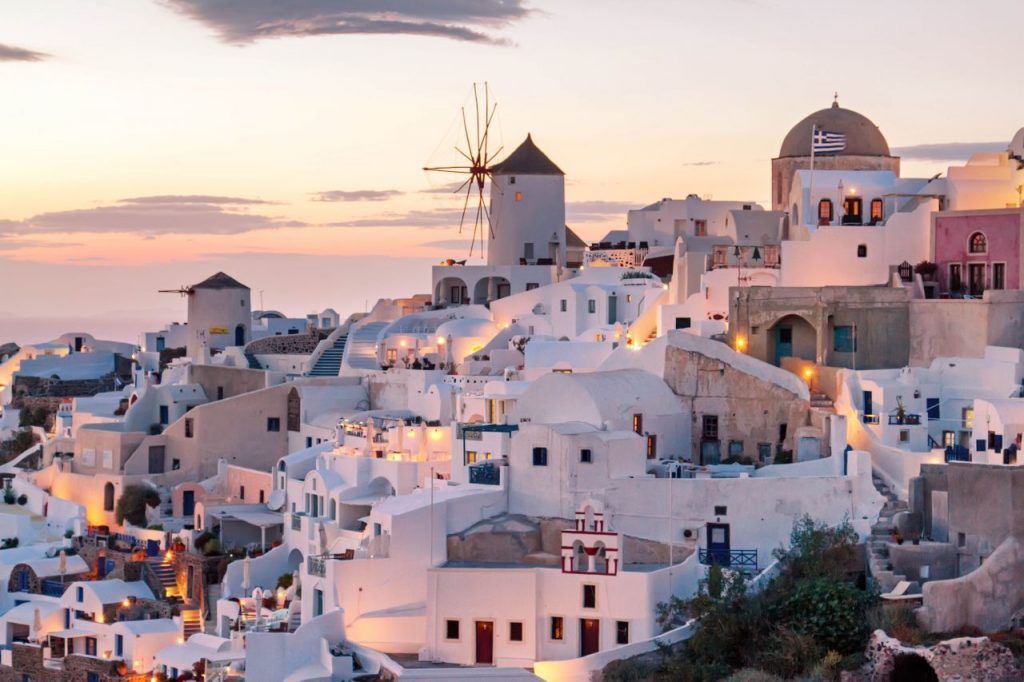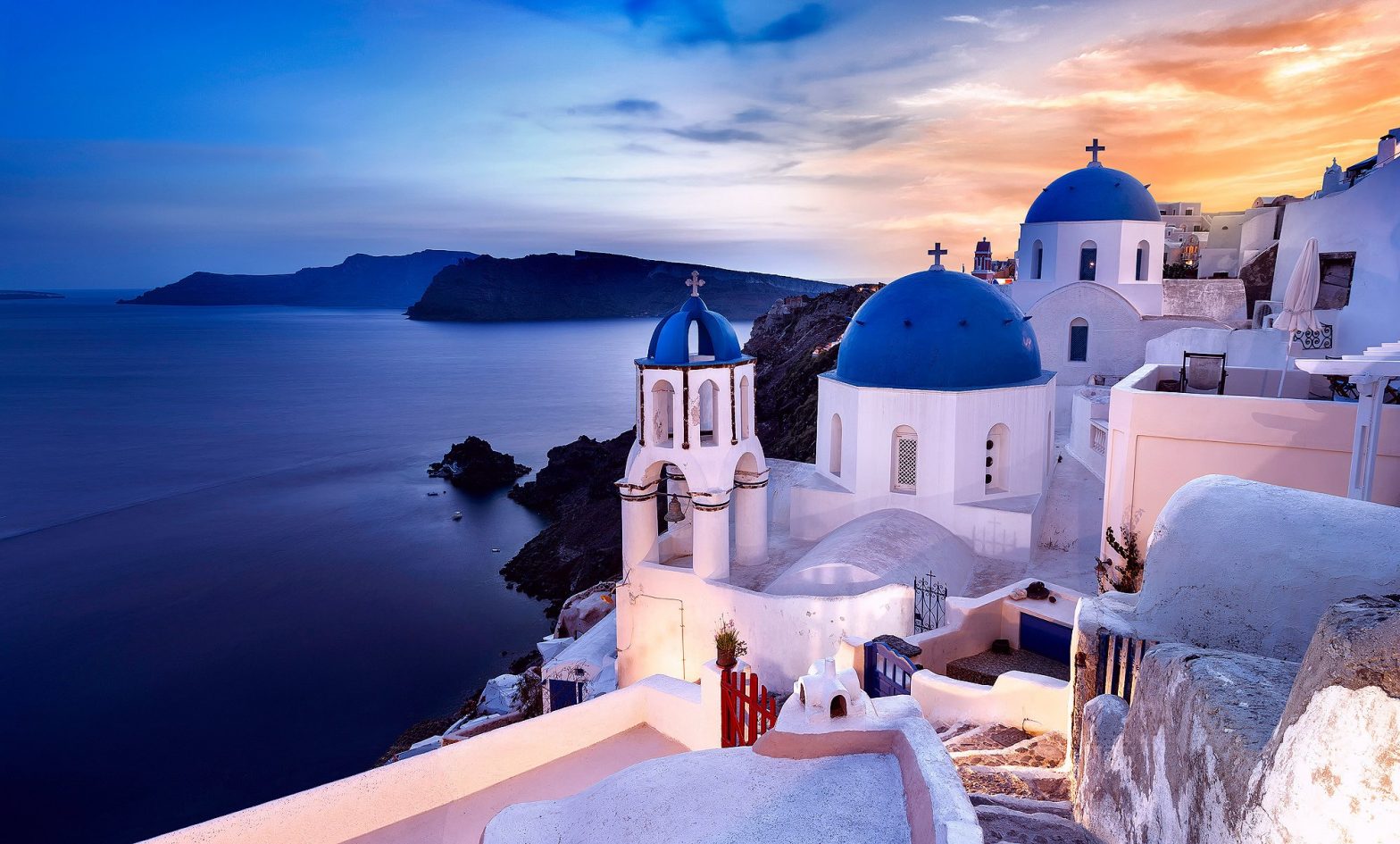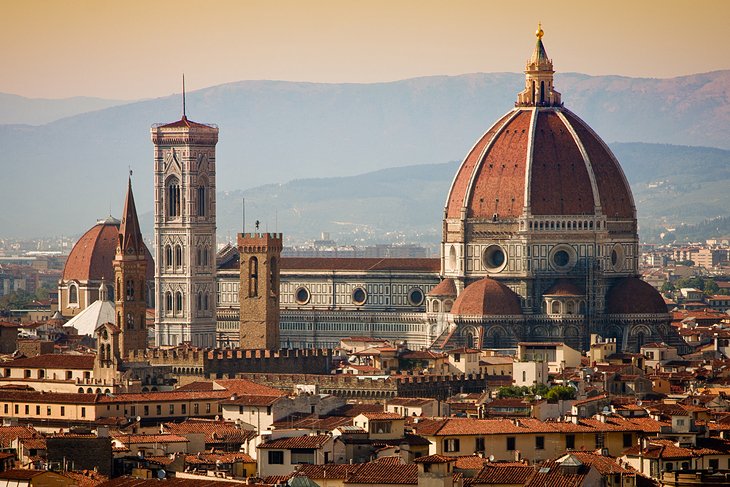Moraine Lake and the Valley of the Ten Peaks, Banff National Park. Image/ElCapitan.
Very close to the third highest mountain in the beautiful Canadian Rockies lies Canada ’s most picturesque lake – the dazzling Moraine Lake located in Banff National Park.
This stunning turquoise lake is surrounded by the «Valley of the Ten Peaks» — an extraordinary range of steep rocky mountains that flow into the glacially-fed lake.

- Bryggen, City of Bergen, Norway
Bryggen wooden houses, Bergen, Norway. Image/Prabhu B Doss.
Bryggen, in the City of Bergen, County of Hordaland — the old wharf of Bergen, is a reminder of the town’s importance as part of the Hanseatic League ’s trading empire from the 14th to the mid-16th century.
The city was founded around 1070 within the original boundaries of Bryggen. Around 1360, Bryggen became the centre of the Hanseatic commercial activities in Norway. Today, Bryggen houses museums, shops, restaurants and pubs.
Bryggen has been added to the UNESCO list for World Cultural Heritage sites in 1979. - Nyhavn Canal in Copenhagen, Denmark
Nyhavn Canal, Copenhagen, Denmark. Image/Milton Correa.
The 17th-century waterfront canal and entertainment district in Copenhagen stretching from Kongens Nytorv to the harbour front just south of the Royal Playhouse is lined by brightly coloured 17th and early 18th century townhouses and bars, cafes and restaurants. Nyhavn has many historical wooden ships.
Nyhavn was constructed by King Christian V from 1670 to 1673, dug by Swedish war prisoners from the Dano-Swedish War 1658–1660. - Marina Corricella, Italy
Marina Corricella, Procida Island, Province of Naples, Italy. Image/hillman54.
The island of Procida is one of the most picturesque places in Italy. (Google Maps) - Schloss Sanssouci, Germany
Sanssouci (French «carefree») is the former summer palace of Frederick the Great, King of Prussia at Potsdam, just outside Berlin. Image/Wolfgang Staudt.
T he Stunning rococo Sanssouci Palace (Schloss Sanssouci) in Potsdam, near Berlin, and its verdant gardens and terraced vineyards were the summer home of Friedrich the Great (1712-1786). Potsdam’s Sanssouci is a relaxing royal treat only 30 minutes away by train from Berlin. In French, the palace’s name means «without a care». Friedrich’s final wish was to be buried there, a desire not granted until after German reunification.
This UNESCO World Heritage Site, built between 1745 and 1747, is known for its treasures inside and out. Sanssouci and its extensive gardens became a World Heritage Site in 1990 and is now under the protection of UNESCO. - Dubai Miracle Garden
Lots of flowers in Dubai Miracle Garden. Image/Ayub407.
More than 45 million blooming flowers in stunning designs, awesome shapes and structures are set every year to be seen at the Dubai Miracle Garden. The Miracle Garden has the record in Guinness Book of Records for having the longest wall of flowers in the world. - Tulip Fields in the Netherlands
Tulips in the Flevopolder, Holland. Image/Ingo Ronner.
Originally cultivated in the Ottoman Empire (present-day Turkey), tulips were imported into Holland in the sixteenth century. When Carolus Clusius wrote the first major book on tulips in 1592, they became so popular that his garden was raided and bulbs stolen on a regular basis. As the Dutch Golden Age grew, so did this curvaceous and colorful flower. They became popular in paintings and festivals. In the mid-seventeenth century, tulips were so popular that they created the first economic bubble, known as «Tulip Mania» (tulipomania). As people bought up bulbs they became so expensive that they were used as money until the market in them crashed. (Source) - Lavender Fields of Provence, France
Lavender Fields of Provence – Valensole, France. Image/enigmabadger.
The heart of Provence is in the hills that bind the sea to the Alps. These are the sloping vineyards, the cultivated lands and the colorful scenery that charmed Cezanne (Aix en Provence), Van Gogh (Arles), Chagall ou Giono and other artists and celebrities.
The Romans made the region into the first Roman province beyond the Alps and called it «Provincia Romana», which evolved into the present name. It was ruled by the Counts of Provence from their capital in Aix-en-Provence until 1481, when it became a province of the Kings of France. While it has been part of France for more than five hundred years, it still retains a distinct cultural and linguistic identity, particularly in the interior of the region.



